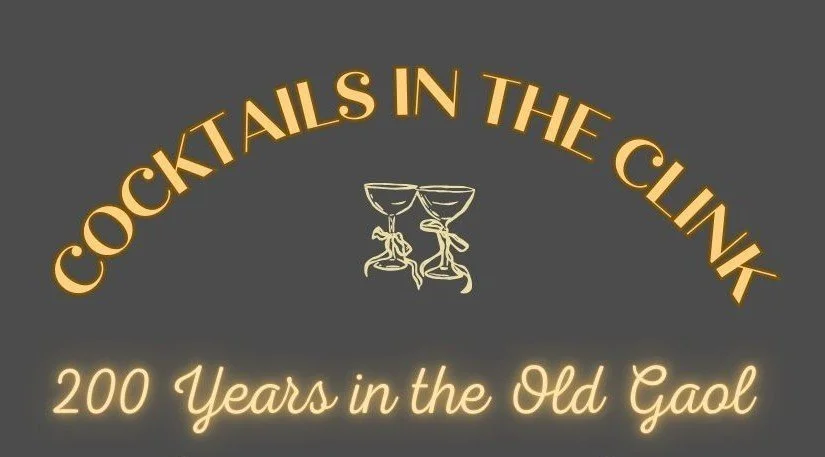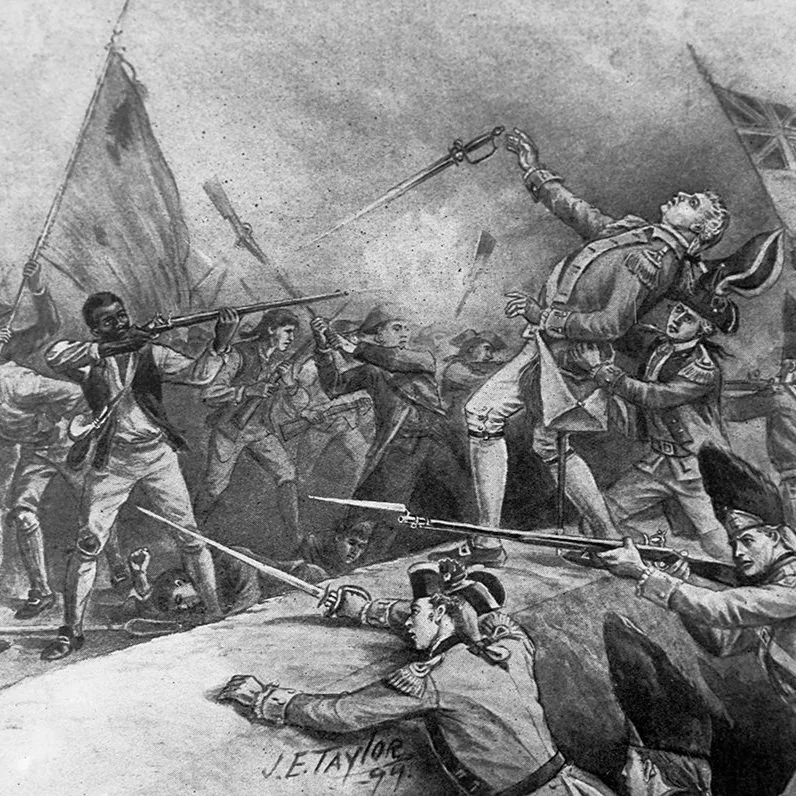True Tour Confessions: Sleeping on the Job
/...a blog by Bethany Groff Dorau, Executive Director
In 1998, I got married, and the trajectory of my life changed. Of course, the marriage itself had a lot to do with that, and the two children that followed, but a special wedding gift had an outsized impact. You see, friends and former dorm-mates from Butterfield at UMass gave me a membership to Historic New England (then SPNEA). My husband, Adam and I were history graduate students. Though we married in Newburyport, we went quickly back to Amherst. I wondered when on earth I would find a minute to go on a house tour.
Hanging out the Butterfield window at UMass with my friend Kathleen in those carefree Amherst days.
The membership was a thoughtful gift, though. I was in love with history, dipping my toes into “public history,” UMass’s certificate program for practitioners. Still, I thought I would write and teach, not work in museums. Up to that point in my life, the transformational experiences I had in historic spaces had been disconnected from the mechanics of historic sites. I had failed to see all the ways that I had been guided through those experiences, whether by a human or printed guide (oh, the days of wandering about with a book in my hand), or by the scaffolding of signage, landscape wayfinding and text panels. I think, like so many must, that a historic place exudes some sort of special magic, and I was drawn to that. Until I worked in museums, I failed to understand what it takes to bring these places to life.
Yours truly with a rare moment of quiet with newborn Jed in 1999. Do I look tired? I certainly was.
At any rate, my son was born in 1999, and for all the confidence I had that women can do anything, (which I still believe to be true), it was an exhausting and humbling experience. Jed was an intense baby – wanting to be held, then put down, then held again, squirming and always on the move. I was still in graduate school and, for a brief time, the acting co-director of two dormitories with 700 residents. It was a whole lot, and I made it through in part because I had a committed co-parent, though we both struggled. I took an additional year to complete my graduate studies, declined my offers for PhD programs, and in the spring of 2000, while Adam remained in Amherst, I moved back home to West Newbury, to the warm lap of patience and help that was my mom and Aunt Emily. And for the first time in years, I slept. Oh, boy did I sleep.
My first view of the Spencer-Peirce-Little Farm was down this bucolic lane, widened somewhat since then.
When I finally pulled myself together a bit, I decided to put my wedding gift to use, though it had expired a year earlier. I called the nearest Historic New England site. I was a newly-minted history grad, I said. Did they need any help? I offered to live at a property, clean the house, anything. It just had to be flexible as I had a baby at home. I had no idea how it all worked. Maggie, the manager of the Spencer-Peirce-Little Farm at the time, asked me to come in. I remember driving up Little’s Lane to meet her and Tracy, the regional manager. It was, and is, breathtaking.
While I worked, Aunt Emily tried to convince toddler Jed to put his pants on.
I was hired as a seasonal lead guide, and handed a pile of materials, including a tour outline and a heap of background information. I had never given a tour of anything in my life. Though I had worked at St. Paul’s Cathedral in London, we were more like guards than guides, always able to answer questions but mostly trying to make sure nobody spat their gum off the Golden Gallery at the top of the dome. I met other tour guides from around New England, had a couple of training sessions, and that was that. I was now responsible for telling the story of a National Historic Landmark – accountable to hundreds of people who had lived their lives in that place, and especially beholden to the family that had given the property to be preserved in perpetuity.
A rare glimpse of an SPL tour in action.
It was nerve-wracking trying to quickly get to a place where I could lead a group through nearly four centuries of history in 50 minutes, but with practice, I learned how to move smoothly through the house, using visual cues, objects, even sounds, to connect with visitors. Most importantly, I learned how to say that I did not know the answer, but I would find out.
At that time, I was the only tour guide on most days, entirely alone on weekends. I opened the door on the hour, welcomed whoever was there, locked it behind me, spent 50 minutes walking through the house, returned to the front door, said goodbye, and took the next group in on the hour. Some days there were no tours and I cleaned and puttered and read my packets of information. I had not been alone in years, and I was still just so exhausted.
One summer day, with no visitors and thunderstorms blowing through, I sat on the floor of the brick porch where tours began and fell into a deep sleep. I was awakened by the sound of visitors outside, and I realized that I had five minutes to pull myself together before the next tour began. I was about to be spotted, slumped over and disheveled, through the porch window. I army-crawled into the house, splashed some water on my face, took a deep breath, and threw open the door.
“Welcome to the Spencer-Peirce-Little Farm! What brings you here today?...”
I remember that day so clearly – my thoughts still gummy from sleep, the porch full of happy, chatty people, descendants of the Little family, excited to see their distant cousins’ house. I remember the surly teenager who had no interest in being there, and who therefore became my inspiration to give the best tour ever, the rain outside the wavy windows, the woman who asked, with no prompting, how old the baby was, and gave me such a smile...
On my last day at the Spencer-Peirce-Little Farm, I took this picture of the porch where I had fallen asleep waiting for visitors two decades before.
As my career unfolded, I moved into increasingly managerial and administrative positions, and I rarely lead tours these days. Still, when I can throw the doors open to a group of expectant faces, talk with them about some essential part of the human experience, represent my community in the most inclusive and nuanced way I am able while still keeping everyone engaged, I am brought back to those early days alone at the farm.
Tour guides serve as a conduit between the living and the dead, the present and the past. We help people place themselves in time and space. It is honorable, important work.








